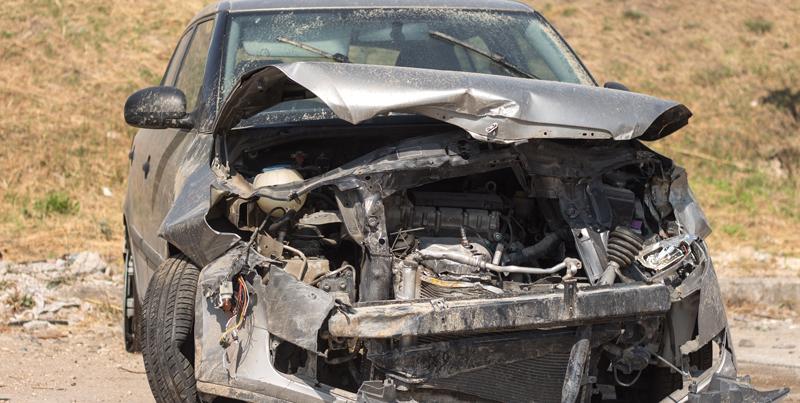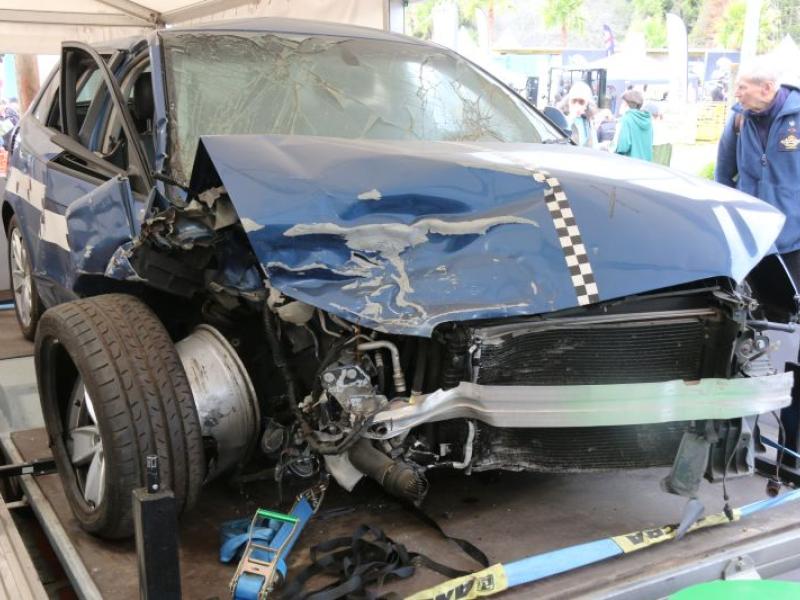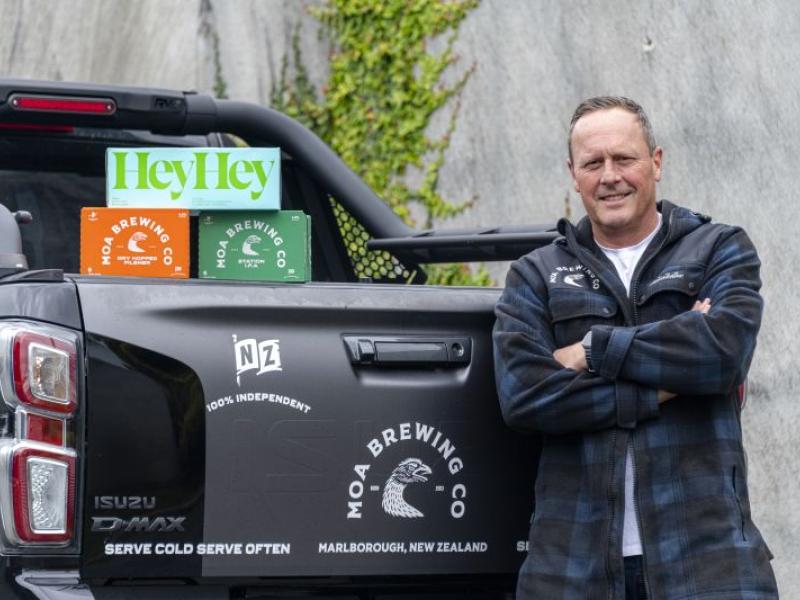Just how far do you have to go to comply with latest Health and Safety legislation in terms of running a fleet? John Oxley has a look at the minefield which could face fleet managers and company owners.
The new Health and Safety at Work Act, which came into being in April last year, is quite explicit: a motor vehicle is a workplace, so the same rules apply as in other workplaces in terms of safety.
This means that the vehicle supplied must be safe and fit for the purpose for which it is being used.
And this is where the minefield starts, because just HOW fit for purpose are the vehicles staff drive, particularly if they are driving their own vehicles and claiming mileage expenses (colloquially referred to as the Grey fleet), or in rented or loan vehicles?
What makes it even more interesting is that the legislation does not accept lack of knowledge as a defence. It’s up to what the Act terms as the PCBU (Person Conducting a Business) to know what’s going on, and to take whatever steps are necessary to ensure employees are safe.
It is important to note that in this concept “Person” can and in most cases will be a company; however an officer (generally CEO or director), also has responsibilities which do apply to a real person, whereas previously they could hide behind “I didn’t know”.
So, first up, what steps do you have to take to ensure that the vehicles being driven are safe?
Obviously they must be in roadworthy condition, but does the Act require that they be as safe as possible, in which case how do you assess what safety devices they should be fitted with? ABS we would expect, as well as airbags, and ESP stability programme.
But what about automatic emergency braking, or blind spot monitoring, or all the other potentially life-saving devices which are finding their way even into fleet-level cars?
This has yet to be ratified, and could change the whole playing field. As I said at the beginning, a minefield. Can you safely assume that a car that can be legally sold in New Zealand is “safe” under the Act or is the bar higher, certainly arguably if your use is non-standard a higher level may be advisable, for instance high mileage, a lot of open road driving or regular heavy loading might say you have to give more consideration to some aspects of the specification. The problem is no one can tell you what you have to do – until there is an accident and they can say you didn’t do enough!
What about your staff? Do you even know if they’ve got valid driver licences, or if they’ve got convictions for serious offences? Do you offer them driver training? Are they physically fit to be driving? Again the requirements may vary depending on where and how they drive, certainly if the driving involves skills that are not part of the standard licence test such as off-road, towing or heavy loads training is pretty much essential.
According to racing driver and MD of Tracktime Driving Academy Mike Eady, more than 70 percent of people who take part in training programmes are average to poor in driving skills.
“Nearly all of them would not be able to avoid an accident in an emergency situation,” he said.
“A good 20 percent of the people on our courses are low in skills and may even need further training at the end of course, if not careful driver management for a period after that.”
This is borne out by official statistics.
According to the ACC, last year there were a total of 1,930 claims for work-related motor vehicle accidents, including 1,081 claims for work-related injuries for people either driving, or a passenger, in a car; 371 for trucks, 166 for motorcycles, 83 for buses, and 118 for other vehicles.
In addition 20 people made claims for work-related injuries received while cycling, and 66 while walking. Another 11 claims were made by people injured on an ATV at work. There was a total of six recorded fatalities.
The injury figures show a steady increase year-on-year, with 1,831 total claims in 2015, 1,694 claims in 2014, and 1,505 in 2013.
WorkSafe New Zealand is already working with ACC, the NZ Transport Agency, and the New Zealand Police to reduce the risks associated with work-related travel on public roads under the Safer Journeys Action Plan, and has now embarked on a Working in and Around Vehicles programme which will focus on off-road driving.
So where does that leave you?
One way in which you can try to ensure your employees’ safety is to monitor where they are driving, how they are driving, how fast they are going, and when they are travelling.
And in this area there are very many hardware and software options so you can do just that. There’s even one, the AutoView AV Track, that makes use of on-board cameras, digital video recorder (DVR) and GPS to not only check on where your vehicles are, but lets you watch the drivers in real time, to see the road ahead, and check the cargo isn’t being interfered with.
It also includes geo-fencing, reporting mileage, and road user charges reminders. This particular system also incorporates panic buttons, can record and “snapshot” driving incidents, and will send alerts back to the home office if the vehicle has been involved in a driving incident.
One of the most contentious issues is the use of cellphones, and I know of one company which has decided use of a cellphone while driving will result in serious action, even as far as sacking the employee!
International research indicates that using a cellphone at the wheel, even via a hands-free system, and particularly texting, can be as dangerous as driving under the influence.
But, again, there is hardware and software which will prevent a driver using their phone while the vehicle is moving, although passengers in the car are free to use theirs.
Finally, there is the question of first aid training. Every workplace must have designated first aiders, so it makes sense that if a vehicle is a workplace, then the driver should be trained in first aid so he can help others – or even himself. And this probably means vehicles should be equipped with first aid kits, a high visibility vest, and a fire extinguisher.
Whatever you decide are the actions you need to take in your business, it’s important that you formulate a company policy on vehicle safety, and that every employee not just knows about it, but is consulted to ensure proper buy-in.






